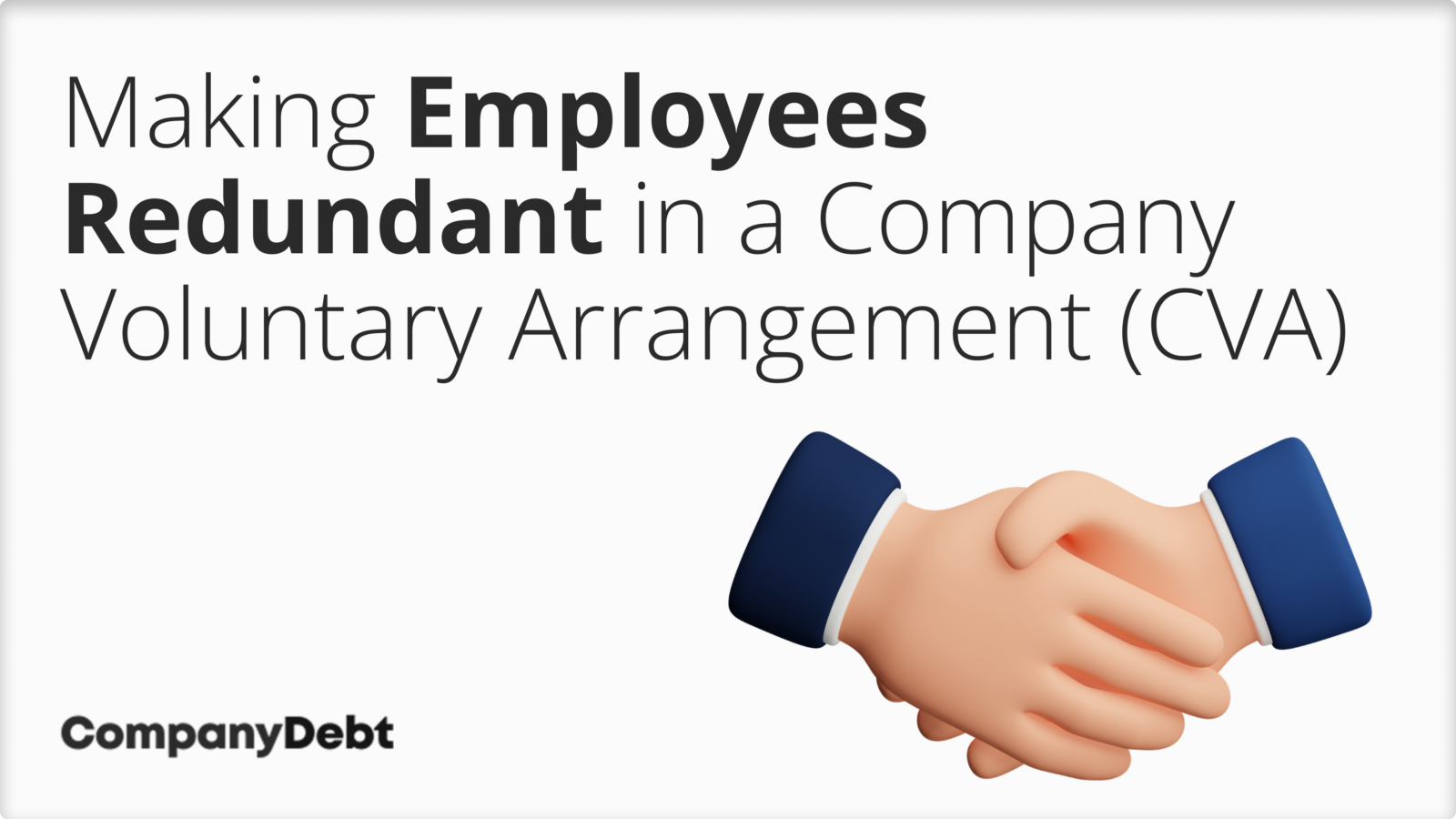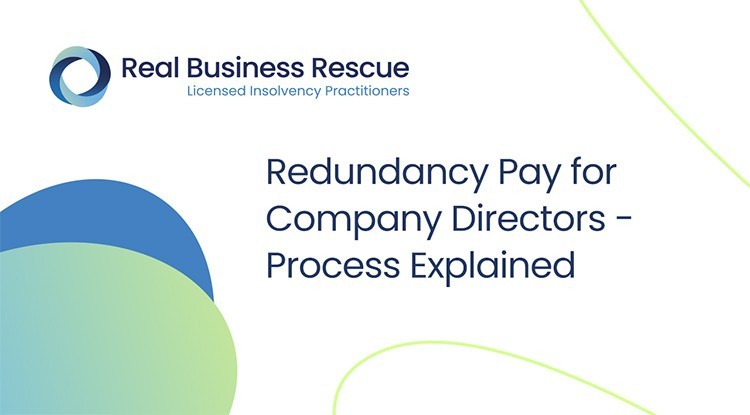Investigating the Interaction Between Firm Redundancy and Organizational Adaptability for Future Development
In the dynamic landscape of today's company globe, the detailed relationship between firm redundancy and business adaptability emerges as a critical factor for sustained growth and success. Business usually face the challenge of striking a delicate balance between preserving a degree of redundancy to minimize threats and promoting flexibility to react promptly to the ever-evolving market needs.
Relevance of Company Redundancy
Company redundancy is an essential aspect that improves organizational durability and alleviates functional dangers. By integrating redundancy procedures within the organizational framework, business can better endure unexpected interruptions and changes in business atmosphere. Redundancy offers as a calculated barrier, enabling companies to adapt and respond efficiently to unexpected challenges without compromising essential operations.
One key aspect of the importance of firm redundancy is its duty in making certain connection throughout times of crisis. When faced with sudden adjustments or emergency situations, redundant systems, resources, or personnel can step in to keep critical features and avoid widespread disturbances. This continuity not only safeguards the firm's track record and customer trust fund yet likewise minimizes economic losses and operational downtime.

Methods for Business Flexibility

An additional essential method is purchasing technology and infrastructure that can support versatility and scalability. Carrying out electronic devices, automation, and information analytics can streamline operations, enhance effectiveness, and supply beneficial understandings for educated decision-making. Moreover, creating adaptable organizational structures that enable quick adjustments to market dynamics and customer needs is important for staying competitive in a rapidly evolving environment. By proactively identifying potential disturbances and possibilities, companies can proactively prosper and adapt in an ever-changing company landscape.
Balancing Redundancy and Adaptability
Attaining a harmonious balance in between operational redundancy and organizational flexibility is paramount in navigating the intricacies of a vibrant company atmosphere. Striking the appropriate balance between redundancy and flexibility is a delicate process that needs a deep understanding of the company's objectives, market characteristics, and risk tolerance.
To attain this equilibrium, firms require to conduct regular assessments of their operations to identify areas where redundancy is required for risk mitigation and where adaptability can drive development and growth. Implementing flexible structures, fostering a society of continual understanding and renovation, and urging open interaction across all levels of the organization are key strategies to harmonize redundancy and flexibility properly. By lining up these two vital elements, companies can place themselves for lasting growth and success in an ever-changing company landscape.
Case Studies on Adjustment Success
In checking out circumstances of successful organizational adjustment, it ends up being apparent that the interplay in between operational redundancy and adaptability is a specifying variable in shaping resilient organizations. One engaging study is that of Netflix. Originally a DVD rental official source solution, Netflix demonstrated impressive versatility by transitioning into a streaming system when digitalization interrupted the industry. By purposefully purchasing technology and material creation, Netflix not just survived yet prospered in a rapidly progressing market. Another standout instance is Amazon. Starting as an on-line bookstore, Amazon continuously adjusted its business version, expanding right into diverse markets such as cloud computing and expert system. This adaptability allowed Amazon to stay in advance of competitors and satisfy changing consumer needs. Lastly, Adobe offers a significant illustration of effective adjustment. my review here The company moved from marketing software licenses to a subscription-based version, ensuring persisting earnings streams and enhanced client involvement. These study highlight the importance of functional redundancy combined with organizational adaptability in fostering long-lasting development and competitiveness.
Structure Durability for Future Development
Building strength for future growth calls for a calculated alignment of functional processes with market characteristics and emerging fads. Business must adjust to changing settings by fostering a society of flexibility, technology, and constant renovation.
Additionally, fostering these details solid relationships with stakeholders, such as clients, employees, vendors, and the community, is crucial for weathering uncertainties and keeping count on and assistance during unstable times. Effective communication and openness play an important function in structure durability, as they assist assist in and straighten expectations partnership in browsing uncertainties.
Additionally, companies require to prioritize knowing and growth campaigns to upskill employees and furnish them with the needed devices to adjust to changing situations. By spending in their labor force, firms can enhance their adaptability and agility, inevitably reinforcing their strength for sustainable future growth.
Final Thought

In the vibrant landscape of today's service globe, the intricate partnership between business redundancy and organizational flexibility emerges as a vital variable for continual growth and success. Firms typically encounter the challenge of striking a delicate equilibrium between preserving a degree of redundancy to reduce dangers and cultivating adaptability to respond quickly to the ever-evolving market needs.To achieve this balance, firms need to perform normal assessments of their operations to determine locations where redundancy is essential for risk mitigation and where versatility can drive advancement and development.In conclusion, the interplay between company redundancy and organizational versatility is critical for future development. Structure resilience through a combination of redundancy and adaptability will guarantee that business are prepared for the difficulties of the future.